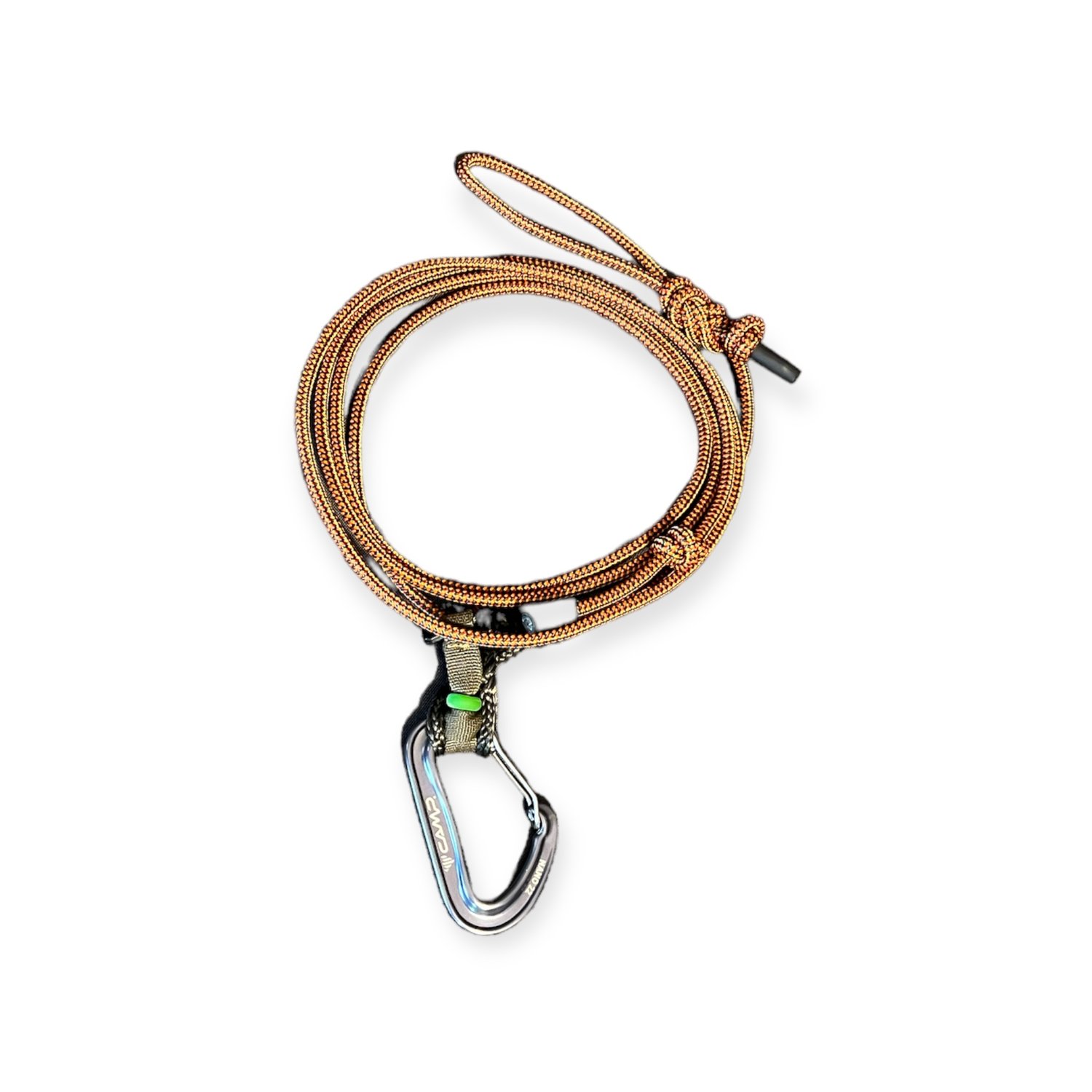Rock climbers don't use linesman belts. Arborist don't use linesman belts as we know them, they use flip lines and they typically have steel core stiffeners or are very stiff 11 mm rope and they use spurs which require training. But more than not an Arborist will use a throw line and rope walk. It's apples and oranges to using climbing sticks and linesman belts. Ropeman's on a linesman belt is by your definition already breaking a standard. They're not made for that.
I’ve made the point about the purpose of a lineman’s belt dozens of times here. It seems to be ignored or argued with mostly.
I would be curious if some of our arborists can chime in. It’s my understanding they never leave the ground with just spurs and a lineman’s belt. If they do it’s a squeeze that offers the same protection as a tether. They’re 100% tie off outside of that. I could be wrong.
Most industrial facilities have 100% tie off rules above 3,4, or 6 feet. Sure, rear suspension harnesses suck.
Rock climbers (not free climbers - clearly)don’t leave the ground without 100% tie off.
Hunters are the only people who leave the ground to do a dynamic activity at height, not 100% tied off from the ground up. It’s my firm belief that this is mostly due to three reasons:
- Ego
- They truly believe that the purpose of a lineman’s belt, or at least one of them, is to stop them safely in the event of a fall.
- complete lack of organized and effective best practices, safety information, training, and cooperation with manufacturers to promote these things. It’s cowboy all the way down.
None of this is a judgement. But if we could get a couple key facts into peoples’ brains, I think the orientation towards risk management would improve:
- the second you leave the ground, your risk of severe injury or death goes up exponentially, regardless of the gear training and procedures used.
- a lineman’s belt has a single purpose: to provide two additional points of contact(your hips) to aid in balance while performing tasks at height.
- saddle manufacturers, and people on YouTube and Facebook talking about saddles, are currently not in positions of authentic authority on tree climbing safety. The gap between hunters and industrial/arborist/rock climbing industries is a yawning one.


